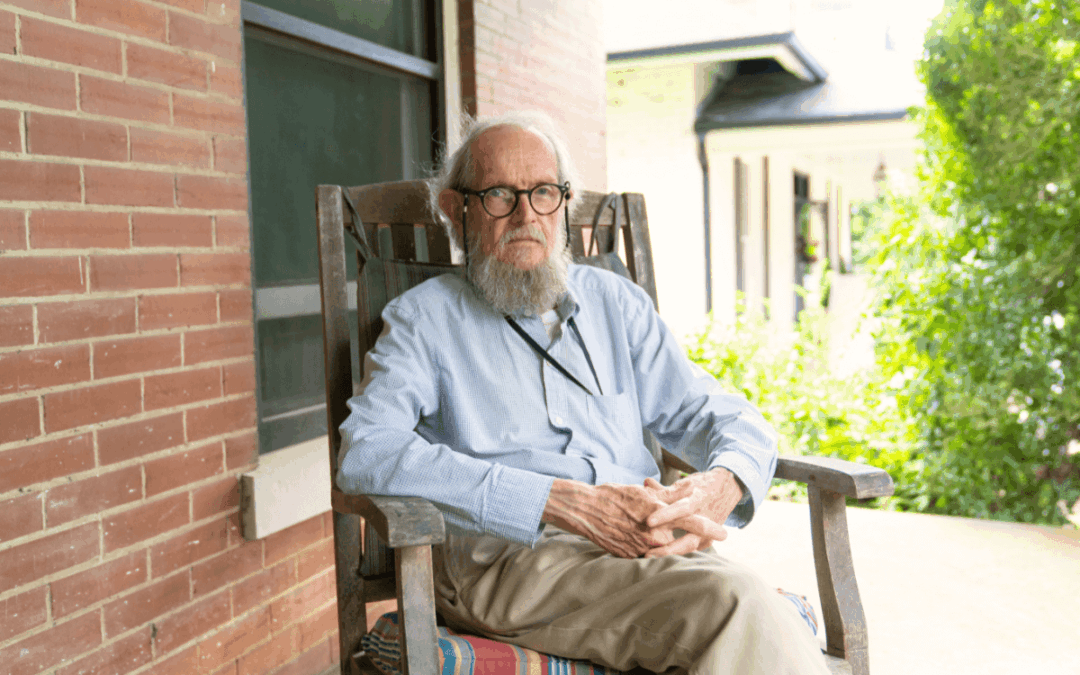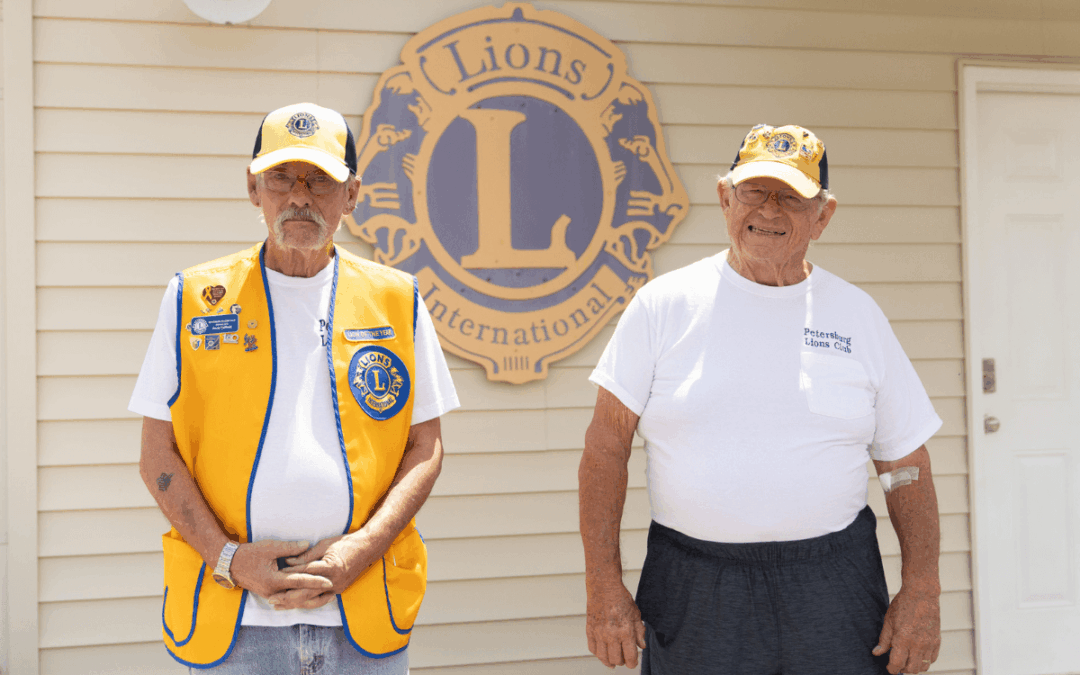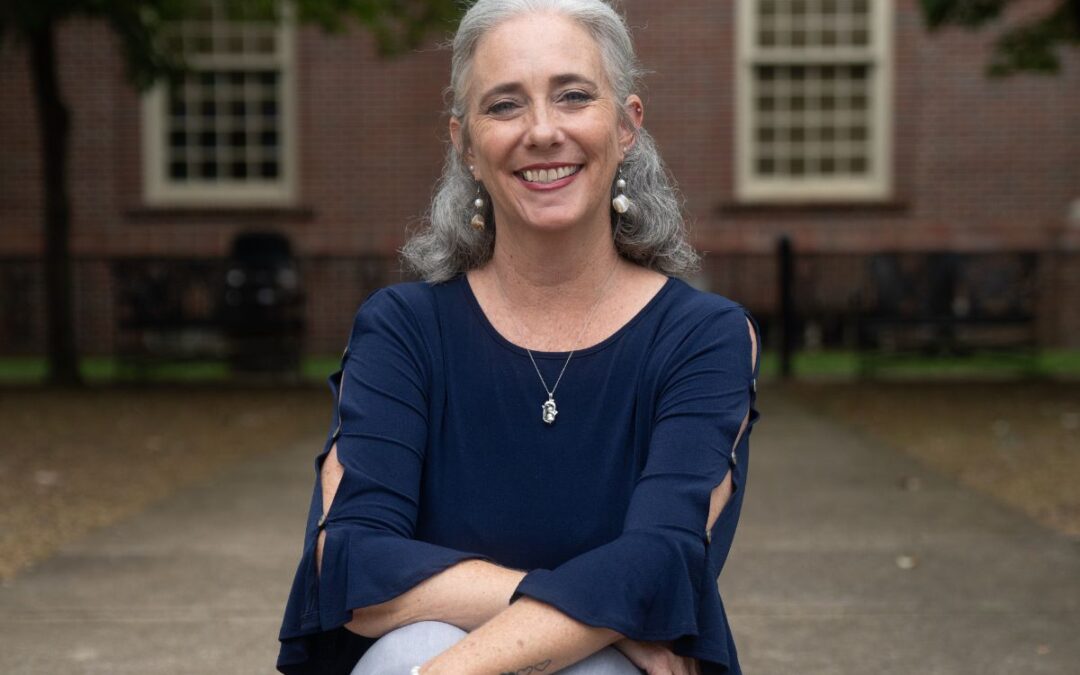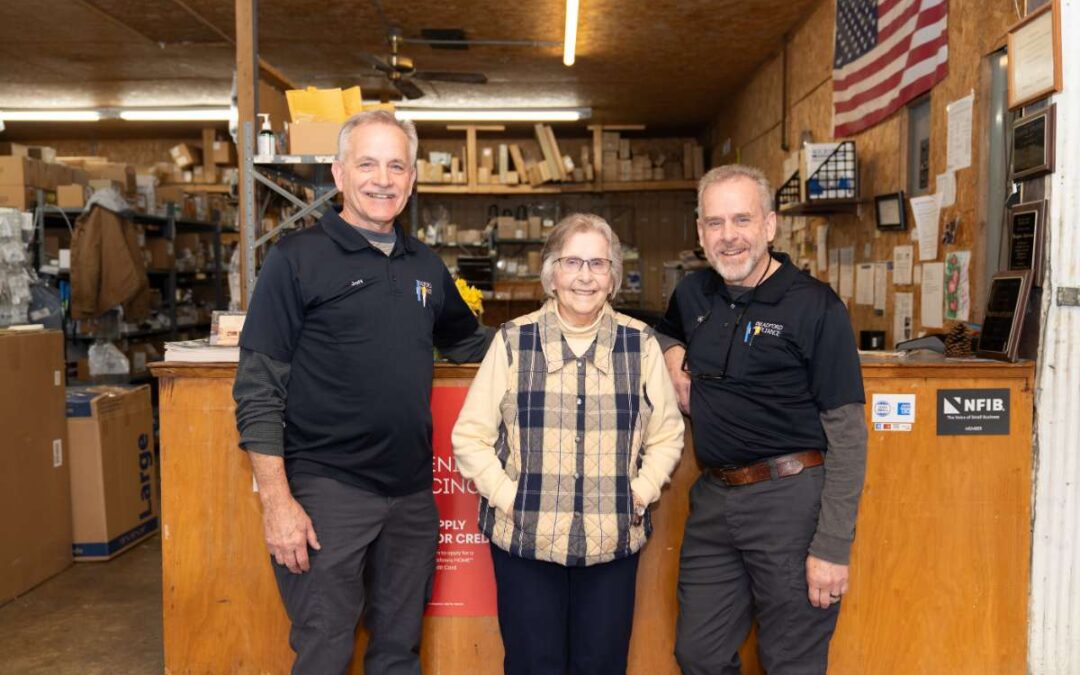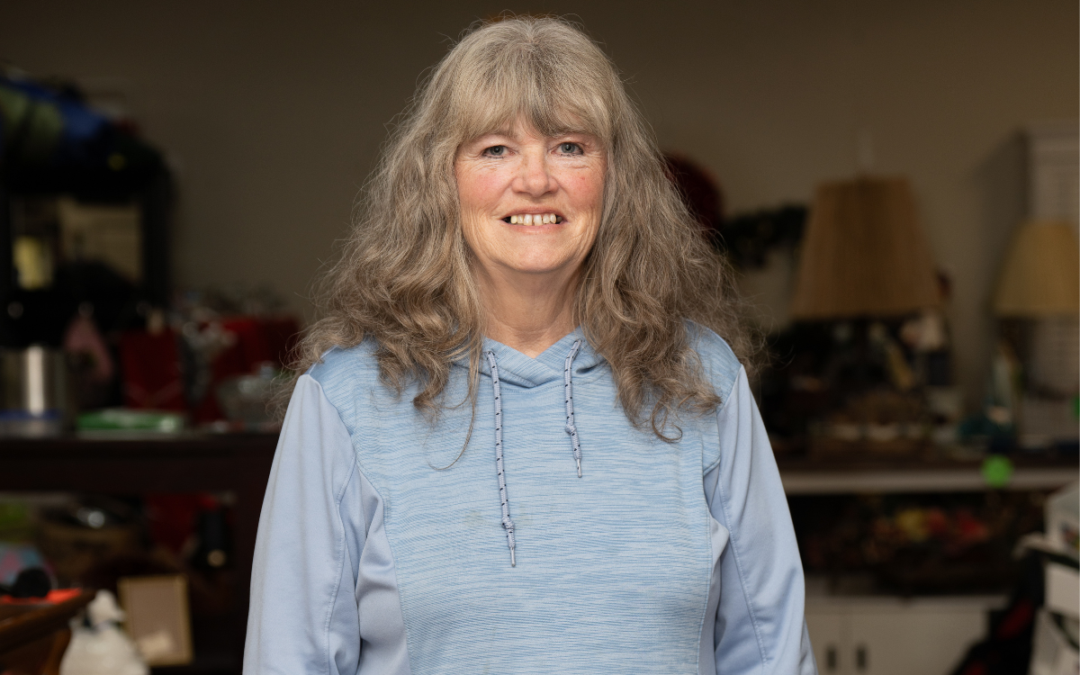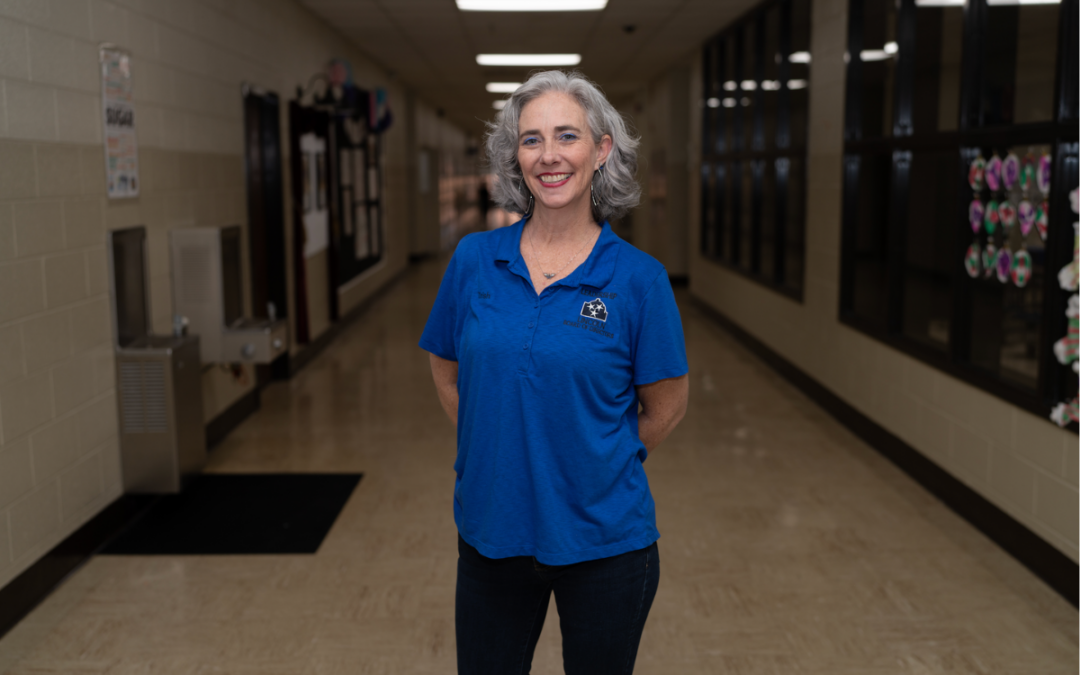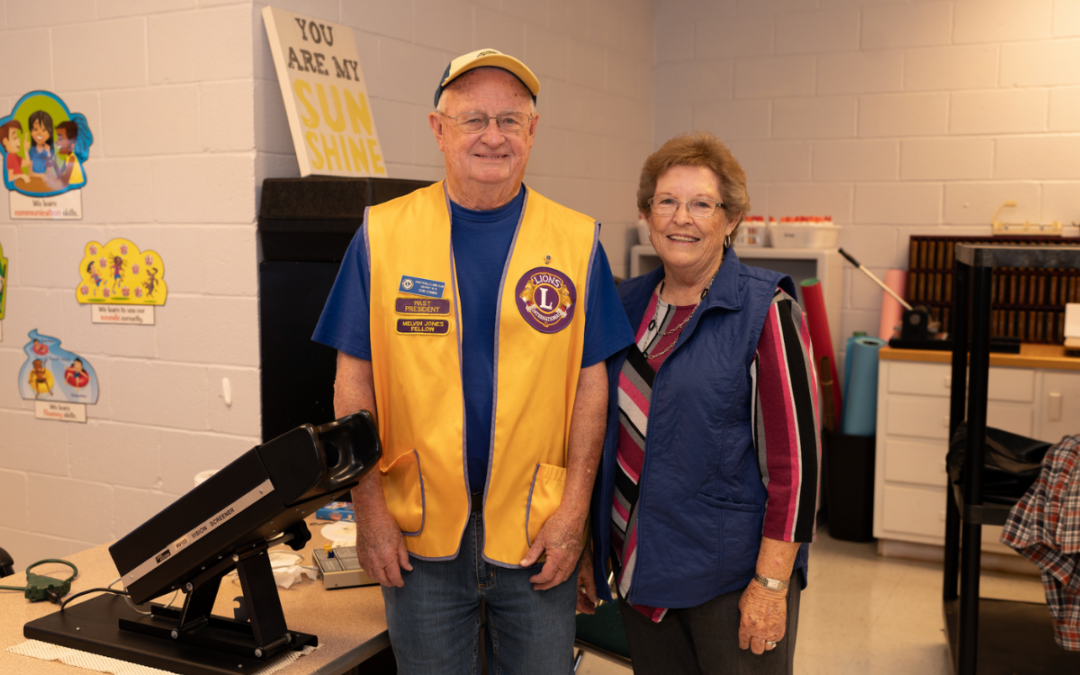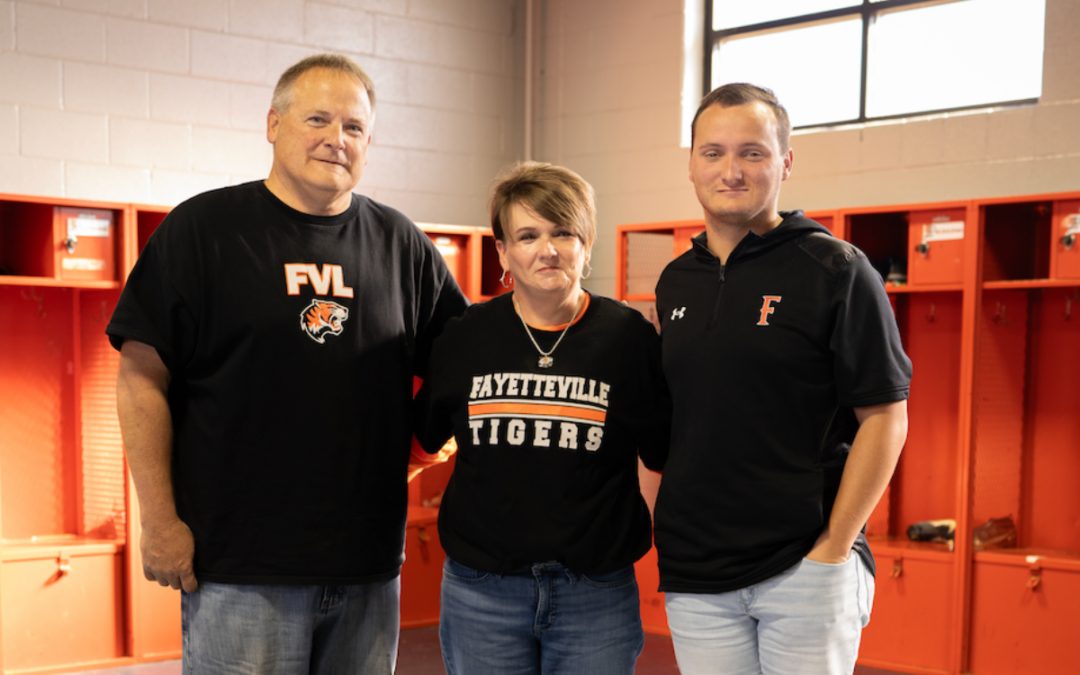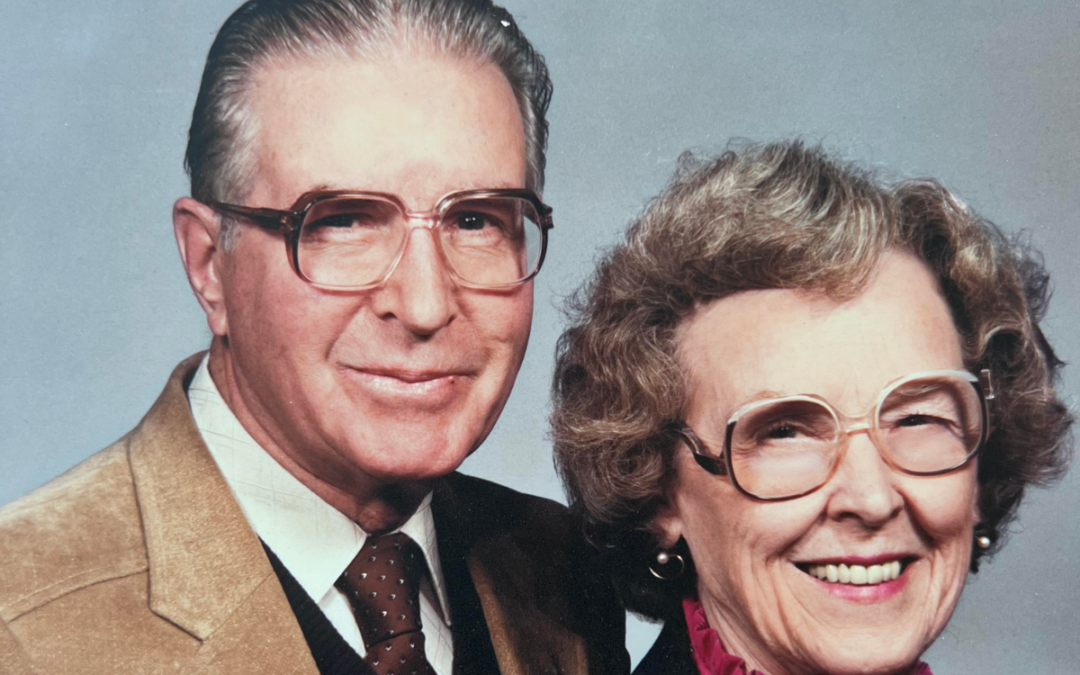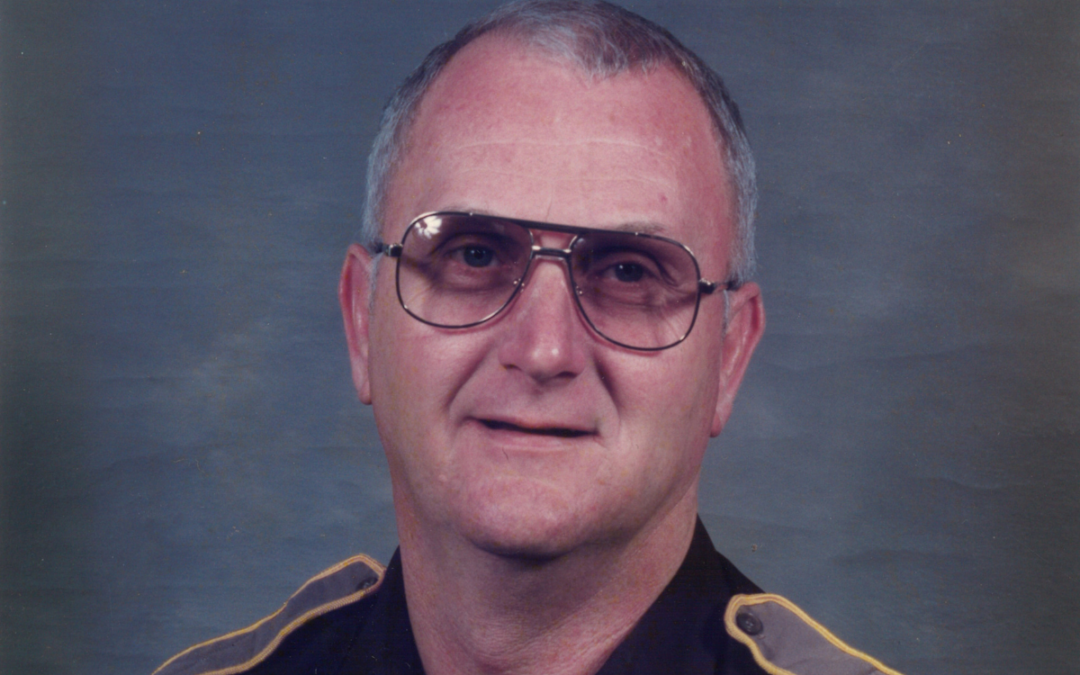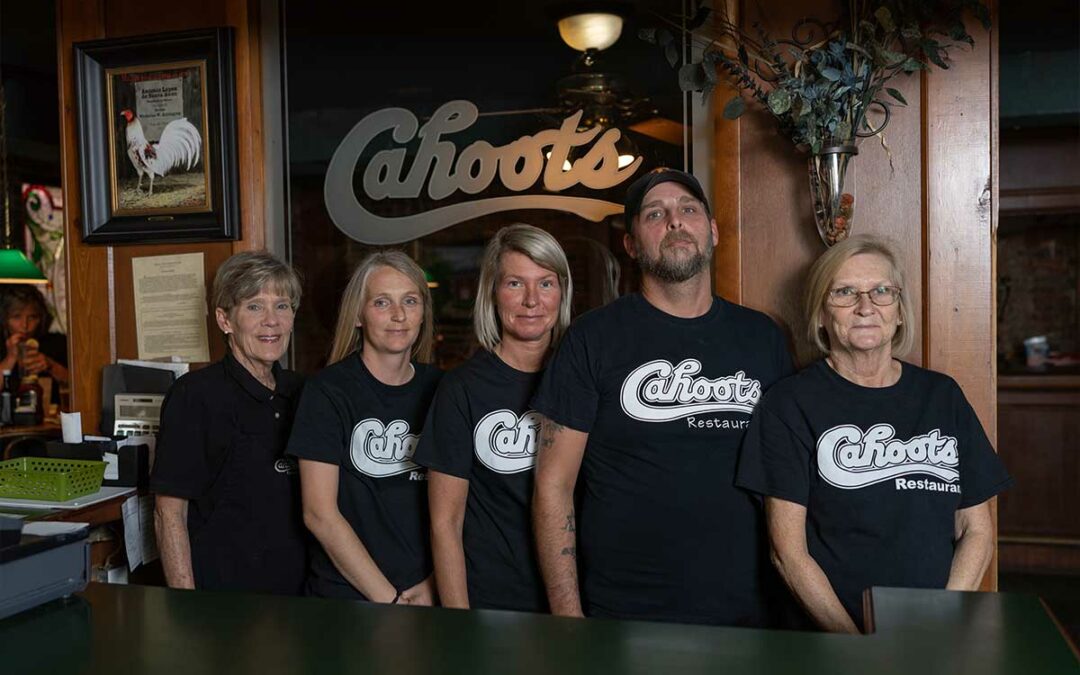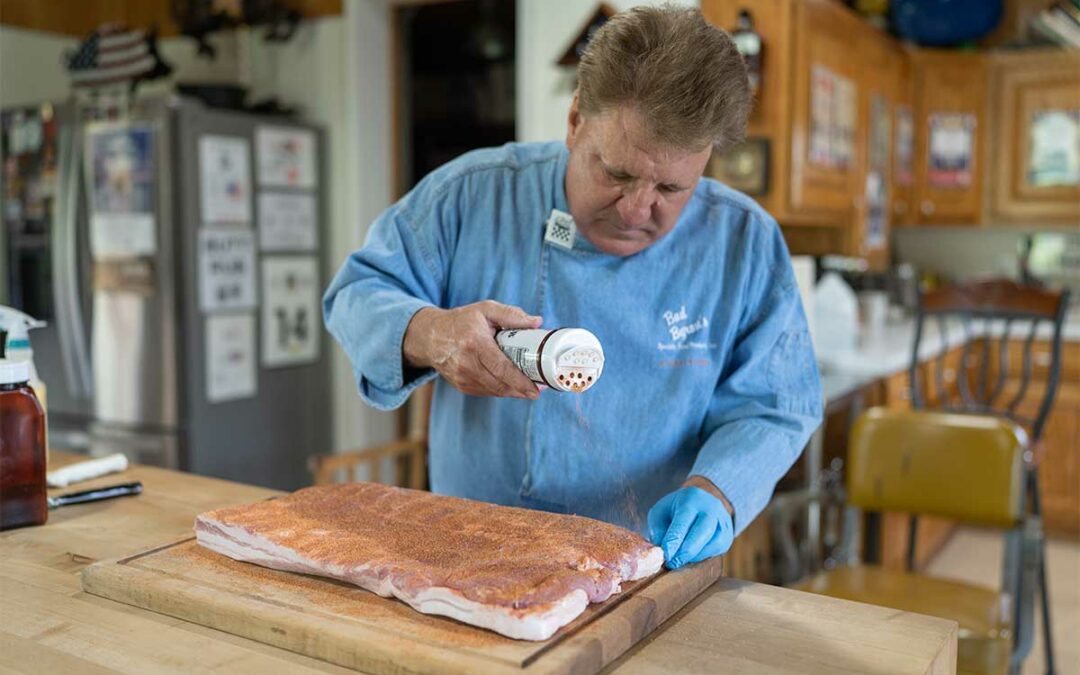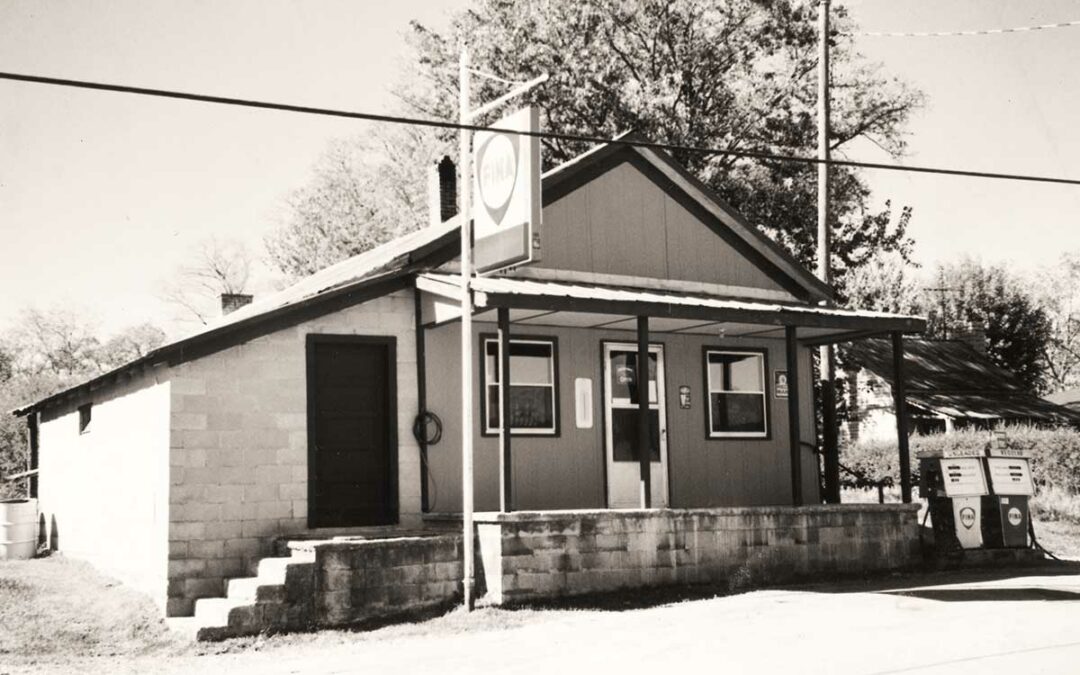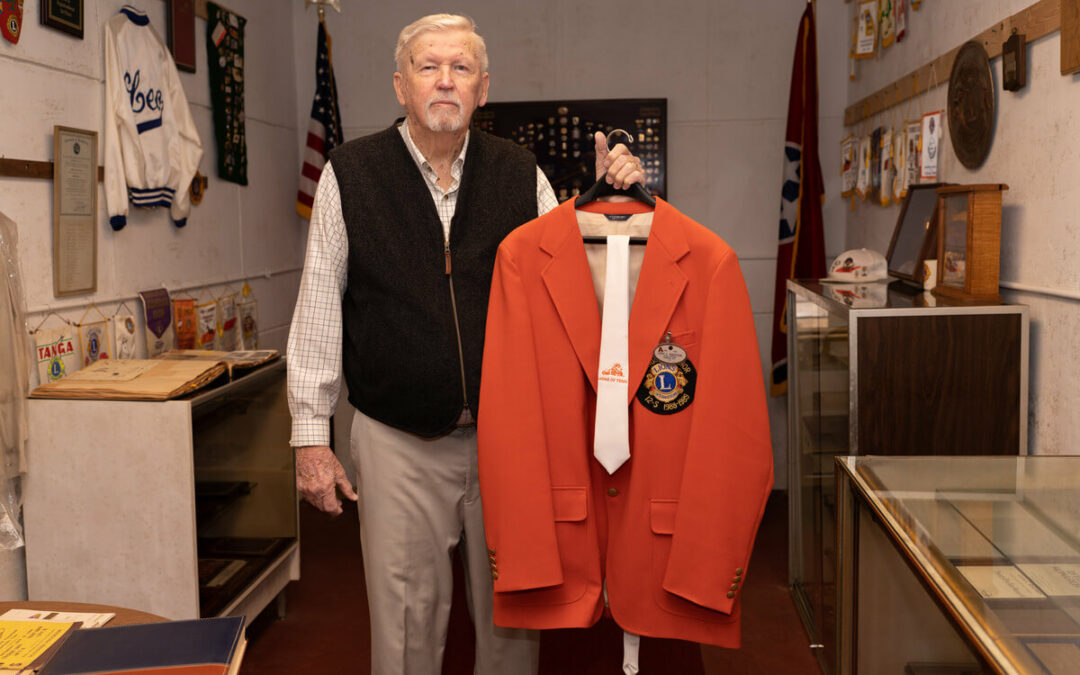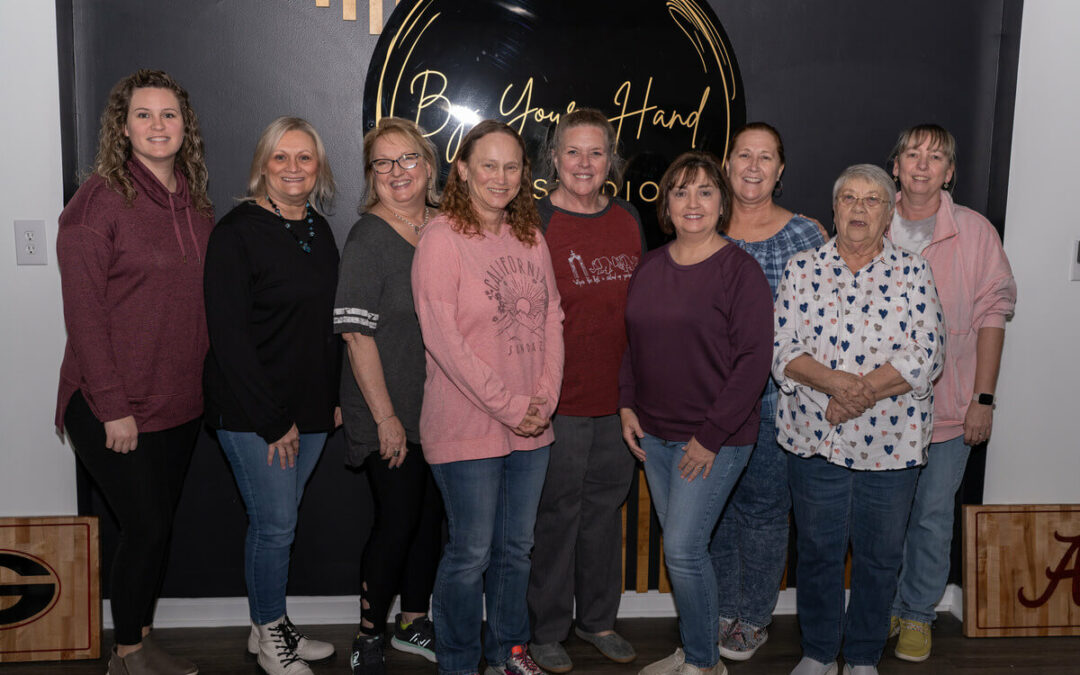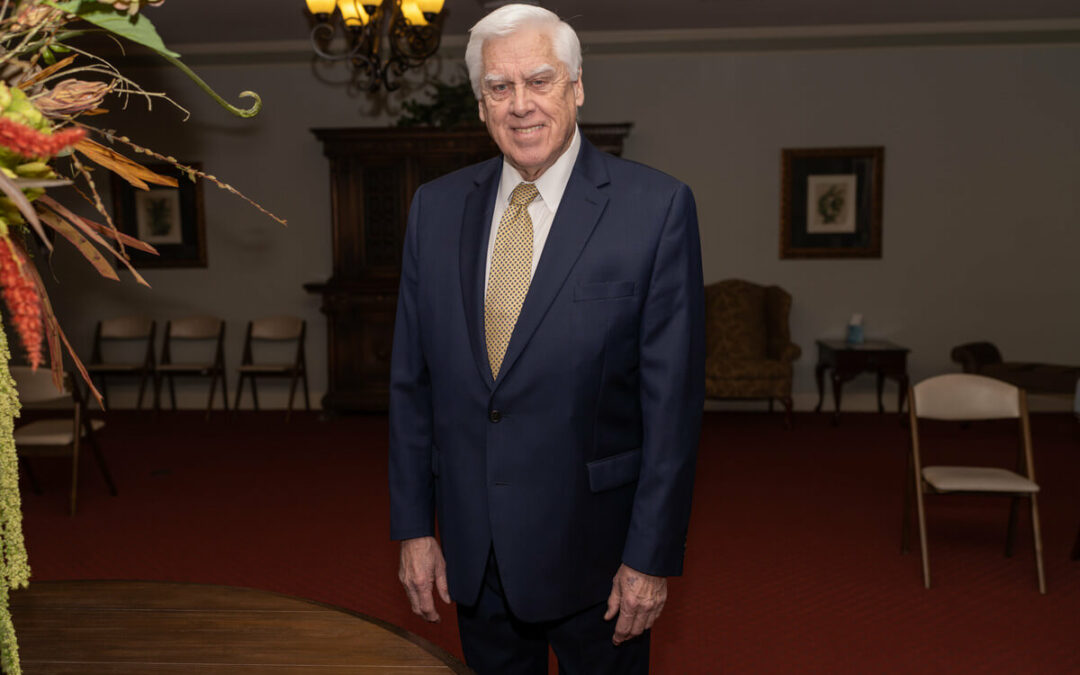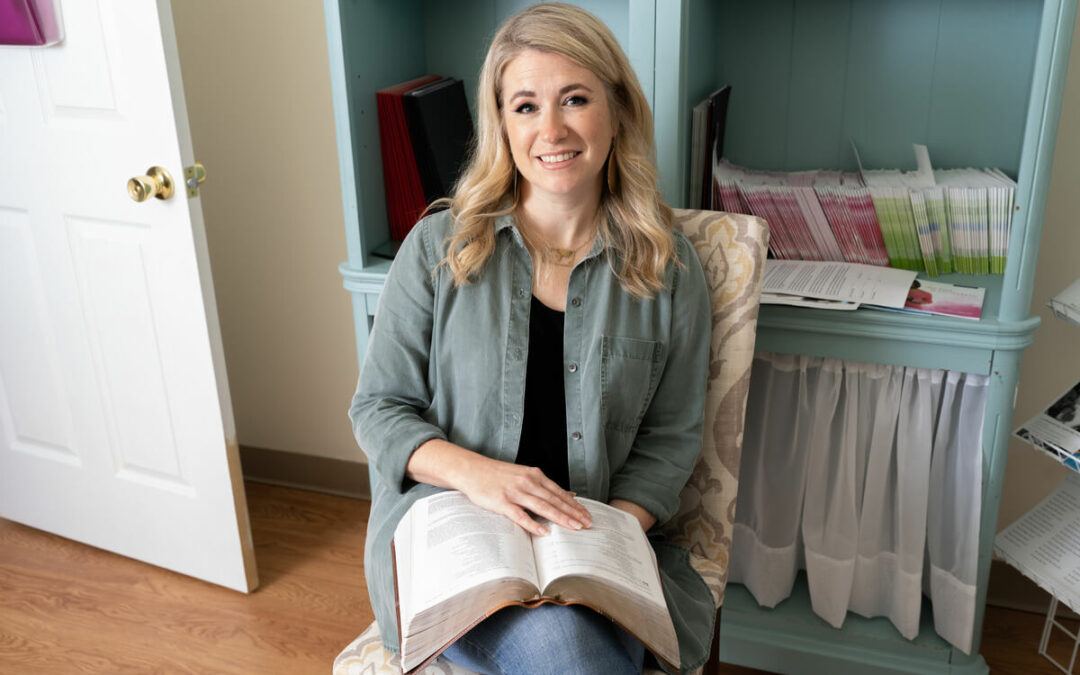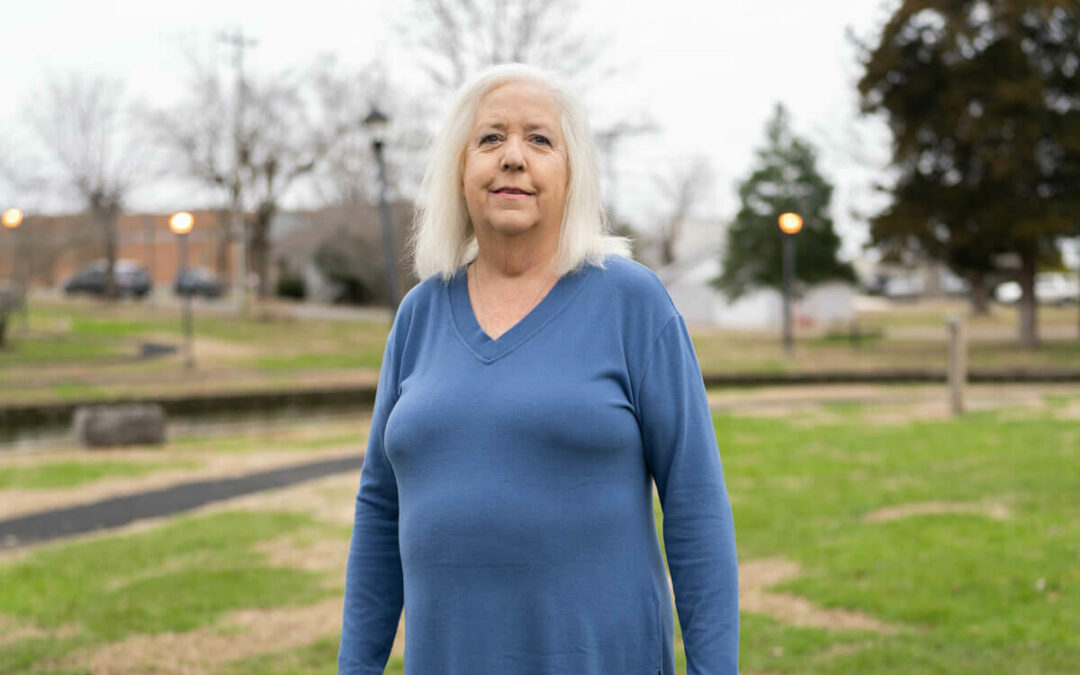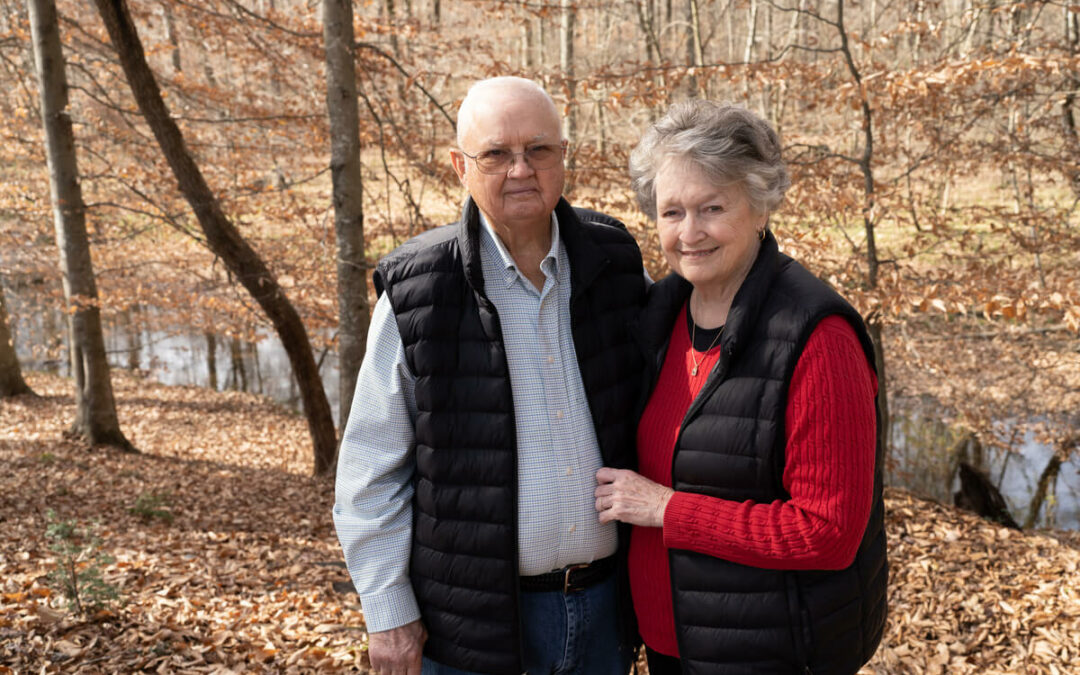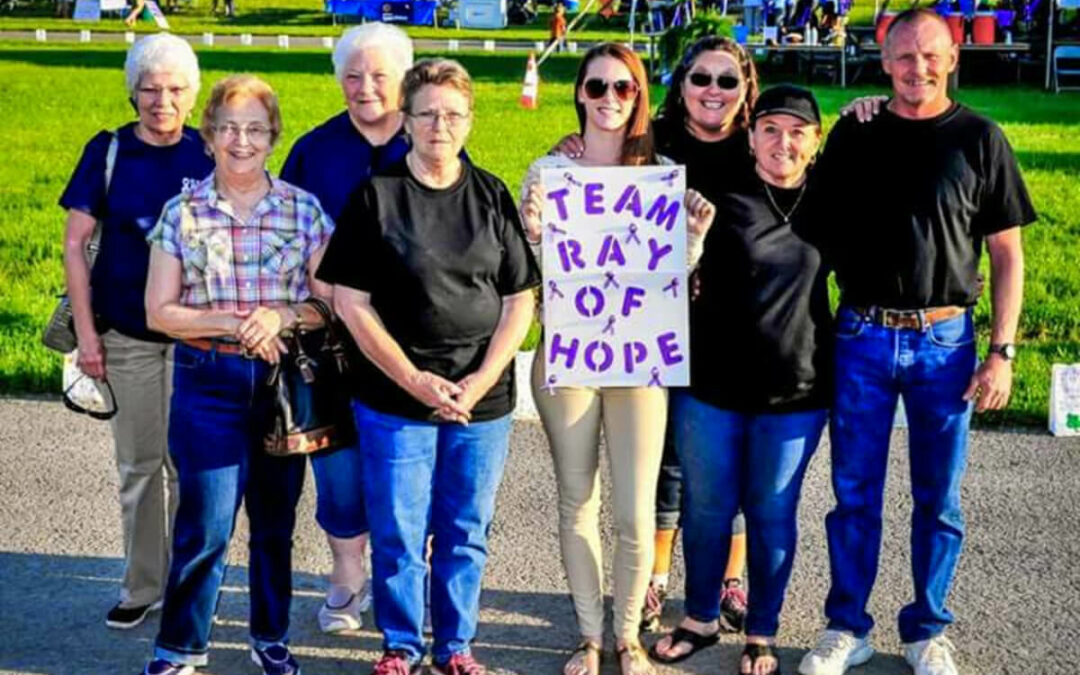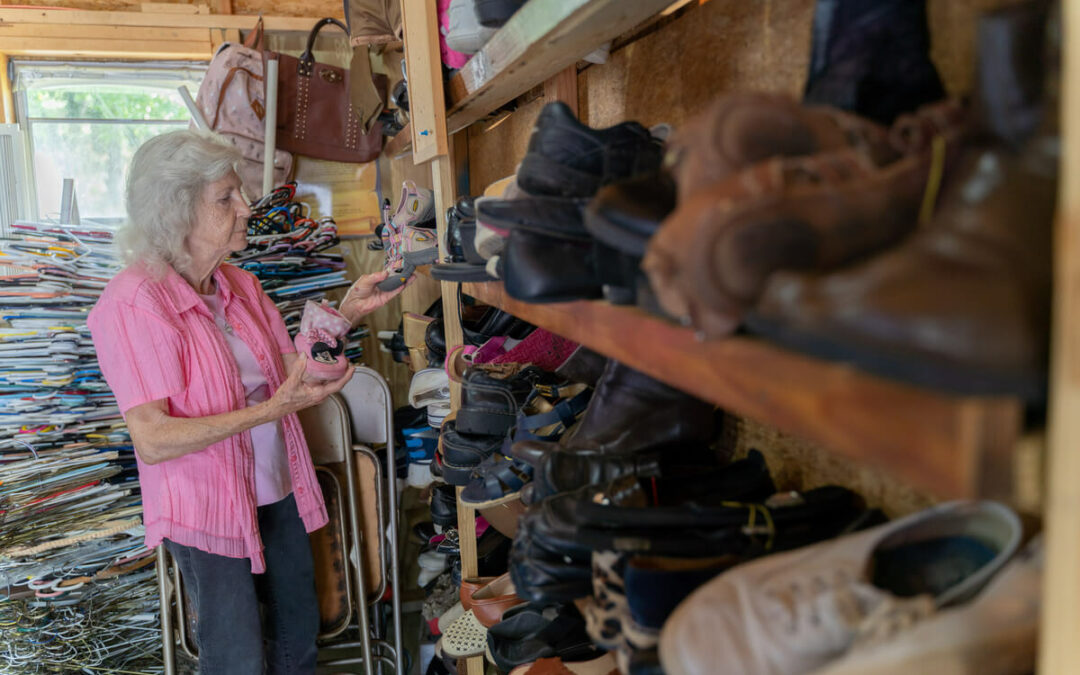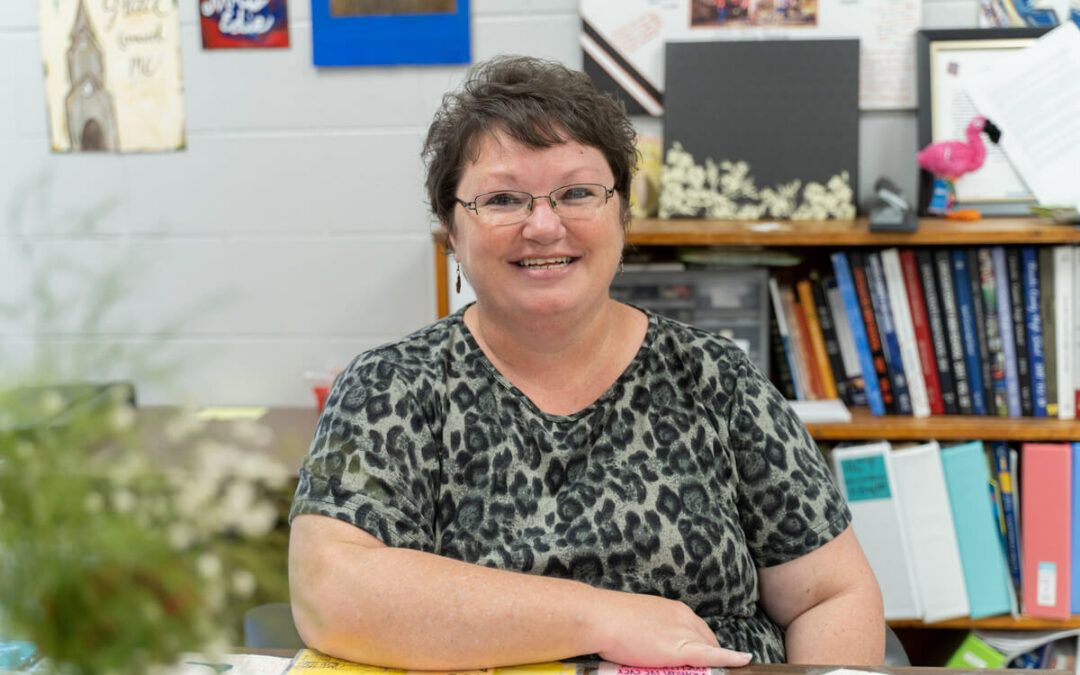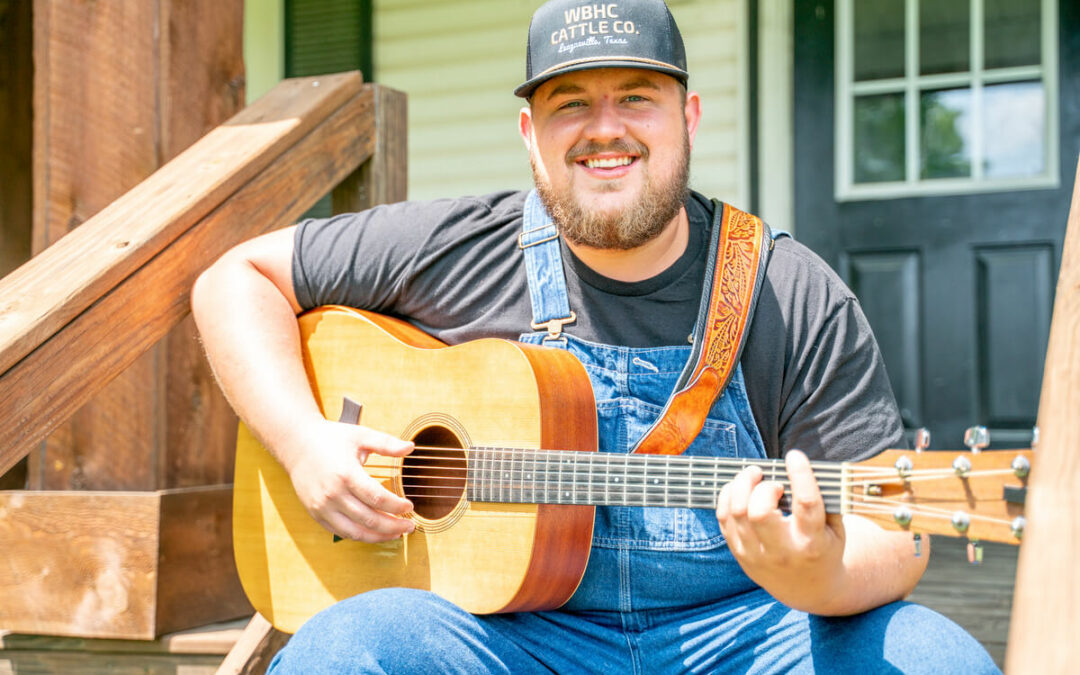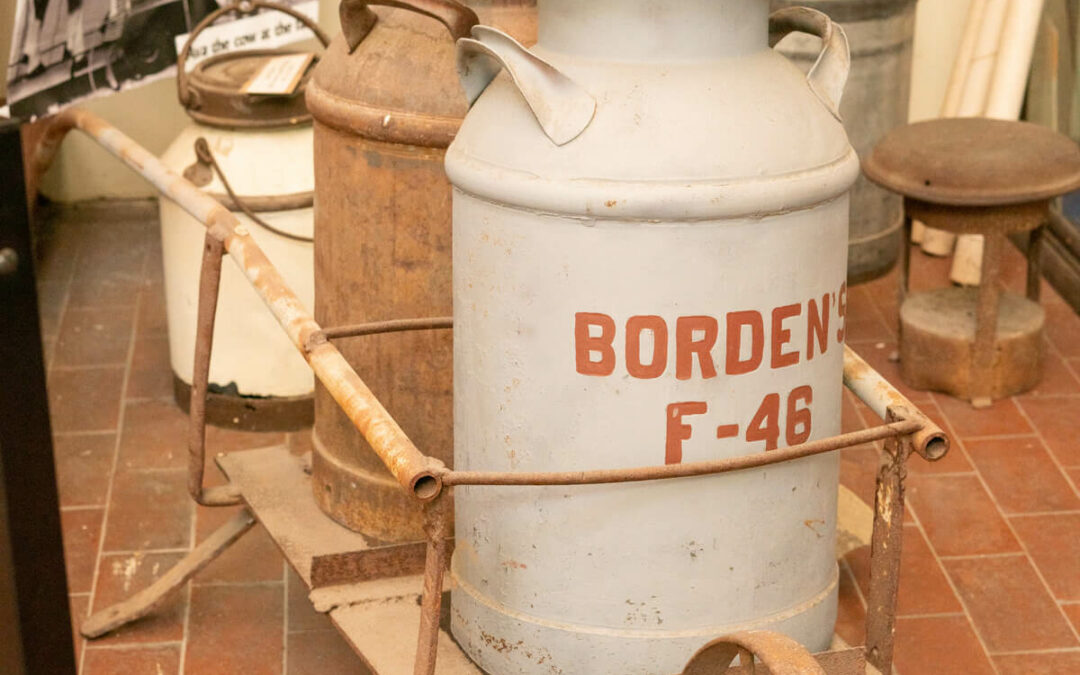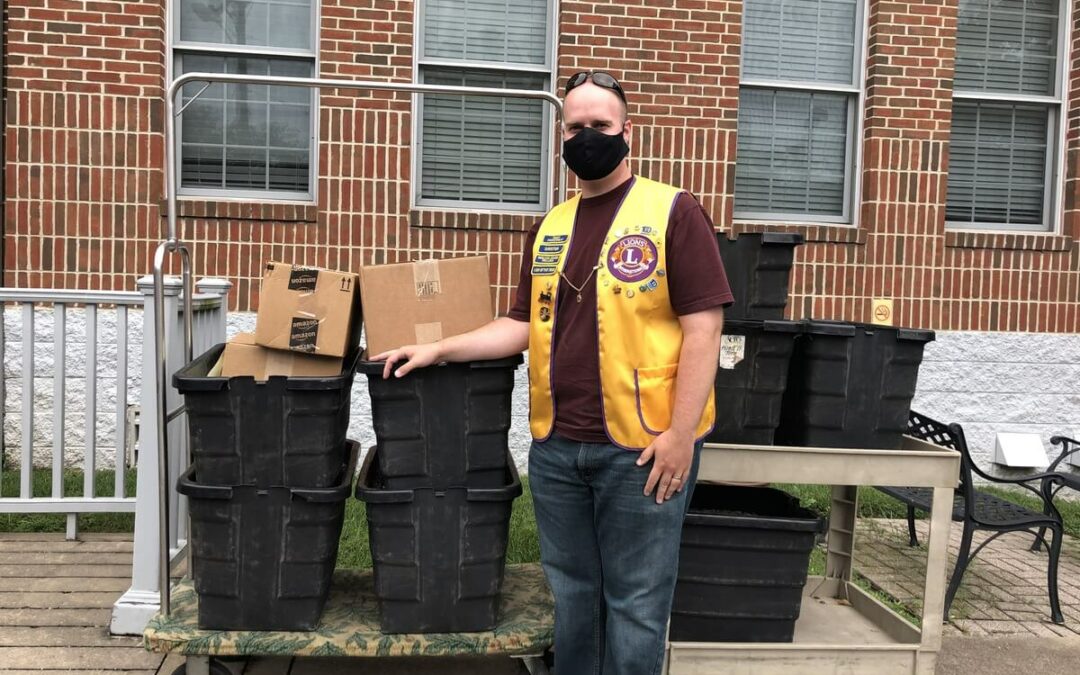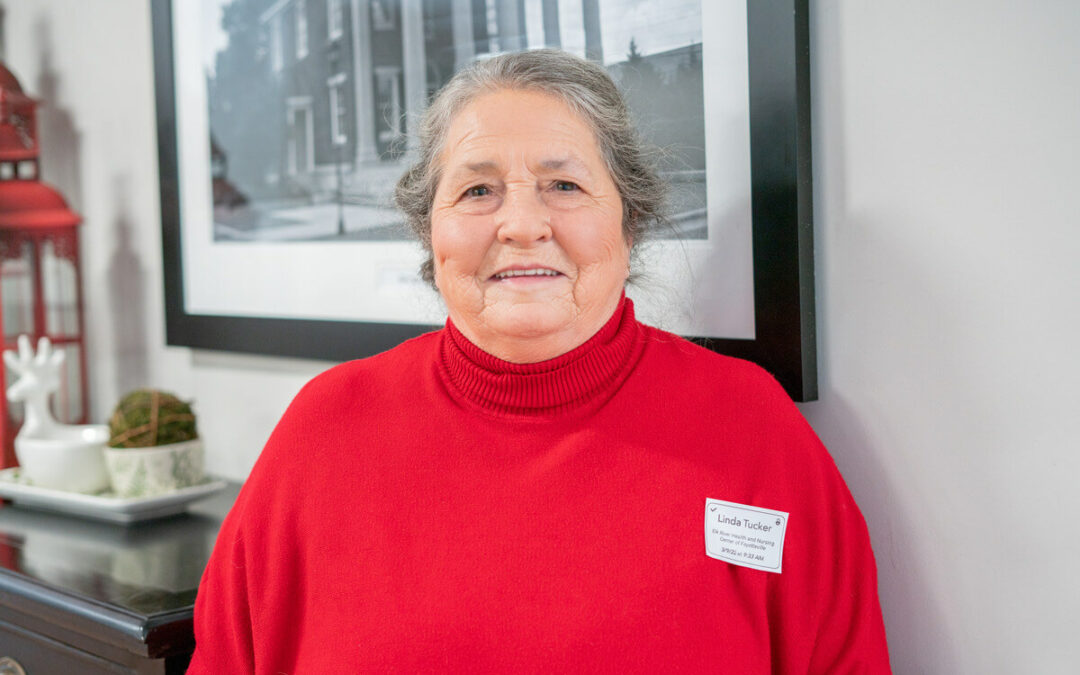The house was set way back from the road, old, run-down, and covered in weeds and poison ivy. Its roof had holes, the floor had deteriorated, and the basement was full of trash — but Keith Syler and Becky Priest saw something beautiful. For the past 2 1/2 years, they have been restoring that house piece by piece, and through it, they discovered an incredible piece of Fayetteville history.
It all started with a home listed on Zillow. Neither Syler nor Priest knew anything about Fayetteville, but they found a home they liked on the real estate website and came to check it out. It turned out to be a bust — the house needed a lot of work, and it seemed too much for the price. Then, Priest looked across the street and fell in love.
“Set back off the road off of Mulberry is this poor little dilapidated old house,” Priest said. “I said, Keith, you got to come over here and look at this house. It’s amazing.’ I said, ‘It needs help, bless its heart, but if anybody could fix it, you can.’”
The couple had long loved old homes — in fact, it was an old home that first brought them together. Priest grew up in a Queen Anne Victorian home, and this isn’t the first home Keith has restored. He said it is a very different process from modern homes because the wood, joints, and even walls are built differently. As he learned, he got the qualifications to go alongside his work: certifications for working on geothermal construction and high-efficiency heating, among others.
“I kind of gravitate toward the Victorian era because it’s so decorative,” Syler said. “[There’s] so much craftsmanship involved in all the trim work and putting it all together.”

As they worked on the house, Syler and Priest began to discover more and more about the history of the construction. At first, they thought the house was built in 1880 — but a little research showed that it had been sold to William S. (W.S.) Hurt in 1874. Other hints led them to believe the house was even older. The main house is constructed with square nails, which went out of fashion in the 1820s. They found the remains of an 1820s-style cast iron stove in the backyard and a museum wardrobe labeled ‘1830s James Bright Family Wardrobe’ with the name Hurt scrawled inside.
“That gave us a real tie from W.S. Hurt because we knew James Bright had multiple houses,” Syler said. “He bought and sold land, just massive amounts of land, and he became very wealthy doing that.”
Other documents and accounts indicated that the house on Mulberry was possibly James Bright’s first brick house. It could even be the house that Andrew Jackson used as his head- quarters and that the Union attempted to burn in the 1860s. Syler and Priest aren’t 100% sure because many historical documents are missing, but they said the circumstantial evidence has led to their theory.
“I’ve found an 1830s Federal Navy Officer’s coat button, I’ve found a Confederate Army cuff but-
ton, I’ve found a Union Army Officer’s coat button, we’ve found [a] Civil War stirrup, and we’ve found a spur,” Syler said. “We’ve found some of the early — really early — rim fire cartridges underneath the front porch.”
In addition, simple tasks like moving flowers and laying paths have unearthed two cisterns. There is something new to be found every day.
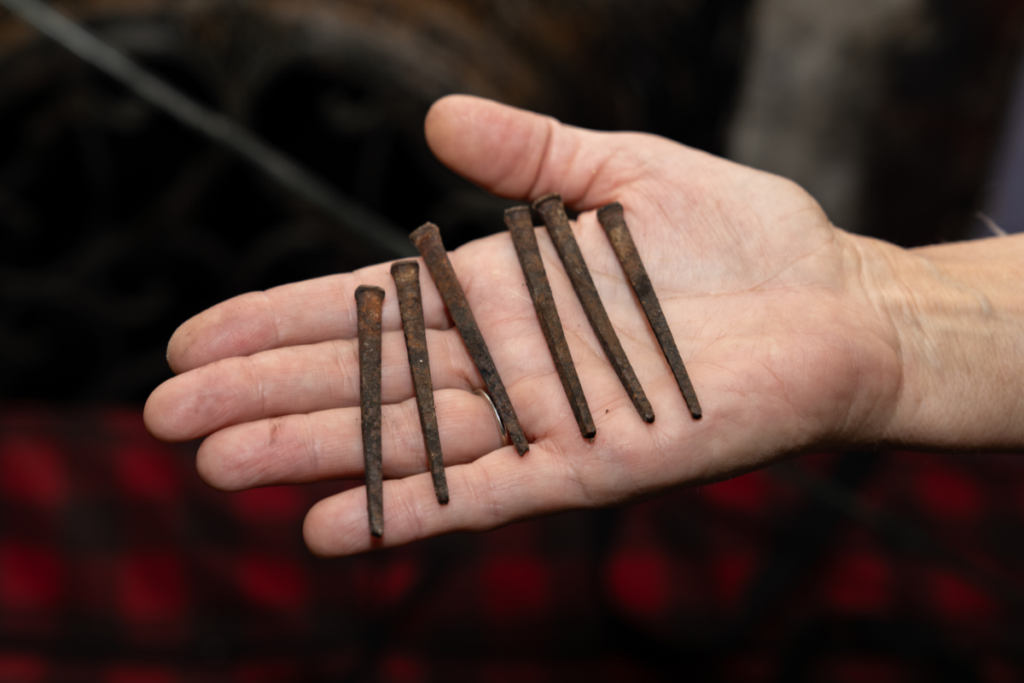
“It’s like an archeological dig around here,” Priest said. “You never know what you’re going to dig up.”
There has been so much history uncovered during the restoration process, and Syler said once they have the section they’re living in done, the pair will begin making and publishing videos of their work and research. Hopefully, he said, that will help fund what they are doing.
“Most of the time, when you have somebody doing one of these projects they have lots of financial resources to do the project,” Syler said. “We’re musicians… it’s the extra cash that we can squeeze out of our pocket to do it.”
Syler and Priest have many other plans for the house, which will be realized during construction and afterward. A staircase will be turned into a staircase of history, each step engraved with a family that lived in the home. Portraits of James Bright and his wife, Nancy Morgan Bright, will hang in the foyer, and Priest hopes to play their 1870s pump organ for Host of Christmas Past once the house is done.
Dozens of people across Fayetteville have a connection with the little house on Mulberry Avenue, and it has impacted hundreds more in its long and storied history. Thanks to Keith Syler and Becky Priest, history is becoming a little cleaner and a little clearer every day. GN






